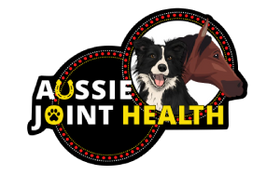Equine Arthritis
What are the effects of arthritis on horses?
It is possible to develop osteoarthritis as joints deteriorate. If this disease is present in your horse, resulting in lameness.
There are several causes of infectious arthritis, including injections (such as cortisone shots), surgeries, and joint injuries. It is also possible for infections to spread to the joints through the bloodstream. An injury can lead to osteoarthritis, damaged ligaments and cartilage, chip fractures, and inflammation of the capsule membrane.
A horse with arthritis exhibits the following symptoms:
- Heat and joint pain
- Stiffness
- Joint swelling
- Lameness
- Short stride
- Uneven gait
- Unwilling to perform
- Muscle atrophy
How do you define lameness?
A horse's gait or stance may affect the locomotor system structurally or functionally. Your horse may favor a particular leg, avoiding too much weight or not using it if it suffers from lameness. When riding your horse, you may notice difficulty turning it in circles. Their hips can appear lop-sided or uneven. When your horse experiences lameness, seek a veterinarian's diagnosis. There are numerous reasons why your horse may be lameness. A lame horse requires treatment according to the condition, as it won't go away naturally.
Symptoms of joint swelling.
Fluid accumulation in the joints leads to swelling. Swelling may enlarge or shape the joints abnormally. In addition to making moving extremely difficult, swelling can cause extreme discomfort. Different conditions, such as arthritis, infection, and injury, can cause joint swelling.
Muscle mass loss.
Muscle atrophy is caused by inactivity. Atrophy can lead to noticeably smaller muscles depending on how severe the loss is. Muscle waste can be caused by genetics, neurological problems, aging, malnutrition, and prolonged immobility. The following treatments may be beneficial: regular physical therapy sessions, daily activity, pain relief, essential vitamins, and joint supplements.
DISCLAIMER
All information on the Aussie Joint Health website is for educational purposes only. There is no diagnosis or treatment intended for individual animals in the Aussie Joint Health content. It is imperative that you address any questions or concerns you may have about your animal with your veterinarian. The information provided on Aussie Joint Health should not replace your relationship with your veterinarian. This blog post is intended to help you have a better conversation with your veterinarian about the appropriate treatments to use for your pet.


